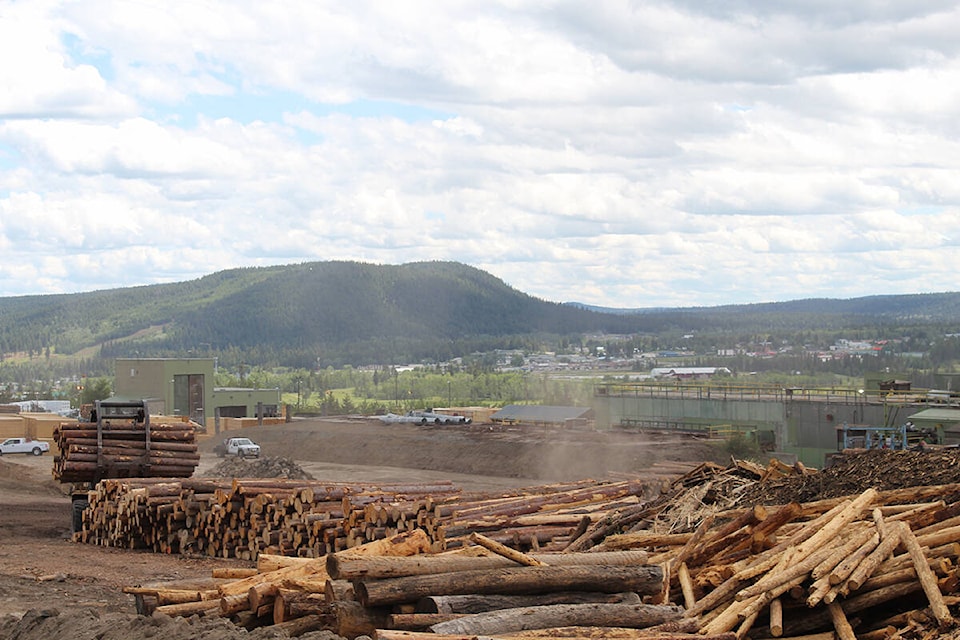West Fraser has made forest sustainability the core of its business.
100 Mile House Sawmill’s general manager Jordan Townsend said he’s committed to maintaining a healthy productive forest for generations to come. Not only is it good for the forestry sector but it helps trap and store carbon, alleviating climate change.
“Our focus is on ensuring forests in the management areas we operate are diverse, thriving ecosystems reflecting a range of values from biodiversity to cultural use,” Townsend said. “At the same time, we also manage the resource to generate economic benefits for the community including the 150 jobs at our 100 Mile House mill and another 150 jobs for local contractors.”
This approach has evolved over time, Woodlands Manager Chad Swanson said. These days, foresters work closely with biologists to monitor the interconnected elements that are essential for healthy and resilient woodlands.
Swanson said when West Fraser harvests the forest they take into account wildlife, fish, water, cultural and aesthetic concerns. The use of land for hunting, wilderness recreation and trapping is also considered. Swanson said that local First Nations are engaged in their harvesting plans and provide important input into their planning.
“Our forest practices meet or exceed voluntary, independent and audited certifications,” Swanson said. “To guide our forest management, we use a timber supply analysis that provides a long-term outlook including the forest composition and rates of growth as well as how the other values need to be managed.”
Following the fires of 2017 and 2021, Swanson said West Fraser adjusted harvest plans to include fire salvage operations. This allowed them to retrieve economic value from the burned areas and speed up the forest’s natural regeneration through reforestation efforts.
Harvested areas are restored by planting seedlings, seeding an area or simply supporting the natural regeneration of native tree species. On an annual basis, the company harvests less than one per cent of its managed forest areas. In 2021 West Fraser celebrated its two billionth tree planted milestone for all of its managed forests across B.C. and Alberta.
Townsend said that in addition to natural resource management, West Fraser also strives to minimize the carbon footprint of its mills.
“West Fraser’s highly integrated business drives efficiency and waste reduction by using 99 per cent of each log,” Townsend said. “Log residuals are used at our mill to generate energy used onsite, helping reduce the carbon footprint of our operations.”
patrick.davies@100milefreepress.net
Like us on Facebook and follow us on Twitter.
